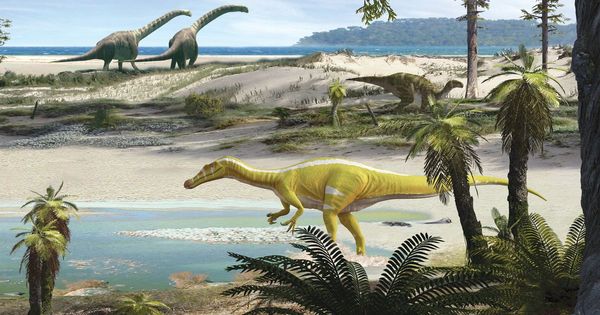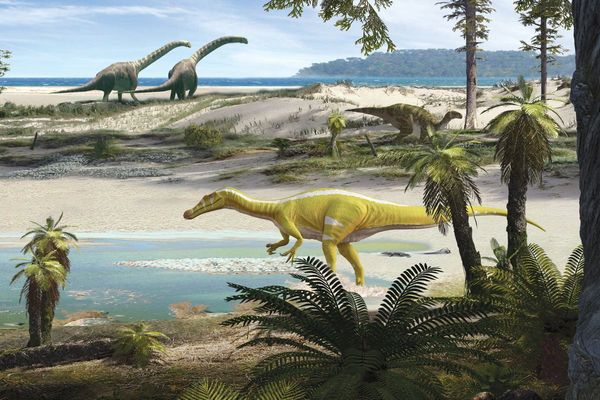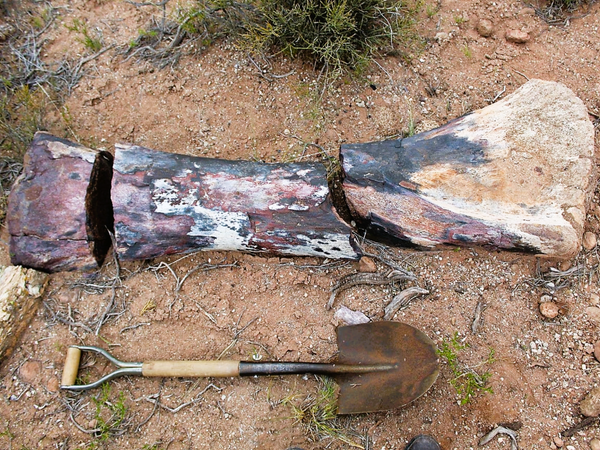
A new carnivorous dinosaur as big as a school bus has been unearthed in Spain. The killing machine was up to 35 feet long, 12 feet tall and weighed up to five tons.
It had powerful jaws and razor sharp teeth, suggesting it shook prey to tear off pieces.
The new species has been named Protathlitis cinctorrensis, Greek for “Champion of Cinctorres,” the town where it was dug up.
Lead author Dr. Andres Santos-Cubedo, of the University of James I, Castello, said: “The beast roamed Earth around 127 million years ago. It was a member of the iconic spinosaurs – adding to evidence they originated in Europe and then migrated to Africa and Asia.”
Protathliris was identified from a right jaw bone, tooth and five vertebrae recovered from a prehistoric animal graveyard in Valencia.
It indicates the Iberian Peninsula on the Mediterranean coast was home to a highly diverse community of dinosaurs during the Early Cretaceous.
Protathlitis was a close cousin of legendary Baryonyx which had a crocodile-like head and whose fossils were discovered in Dorking, Surrey.
It was also related to Spinosaurus, the biggest meat-eating dinosaur that ever lived. It hunted on land and underwater and could grow up to 50ft long and weigh 20 tonnes, dwarfing T.rex.
Santos-Cubedo said: “Spinosaurs appeared in Laurasia, a large area of land in the northern hemisphere, with two sub-groups of species occupying western Europe.
“They may have later migrated to Africa and Asia where they diversified. In Europe, baryonychines like Protathlitis were dominant, while in Africa, spinosaurines like Spinosaurus were most abundant.”

The species, described in the journal Scientific Reports, sheds fresh light on their evolution. Evidence of their existence in Spain was mostly based on fossilized teeth, until now.
Santos-Cubedo said: “Spinosaurids have been recovered in the western part of Europe, mainly in Portugal, Spain and the Unit Kingdom. However, the most common fossils are teeth.
“It seems clear that the origin of the family may be in Western Europe. All the findings produced to date seem to indicate that the group originated in western Europe during the Late Jurassic or Early Cretaceous and then expanded to Africa and Asia.”
Several migratory routes have been suggested between the ancient land masses of Gondwana and Laurasia during the Early Cretaceous, based on skeletal remains.
Santos-Cubedo added: “In Europe, baryonychines were dominant, while in Africa, spinosaurines were the most abundant.”
Produced in association with SWNS Talker
Edited by Saba Fatima and Newsdesk Manager










